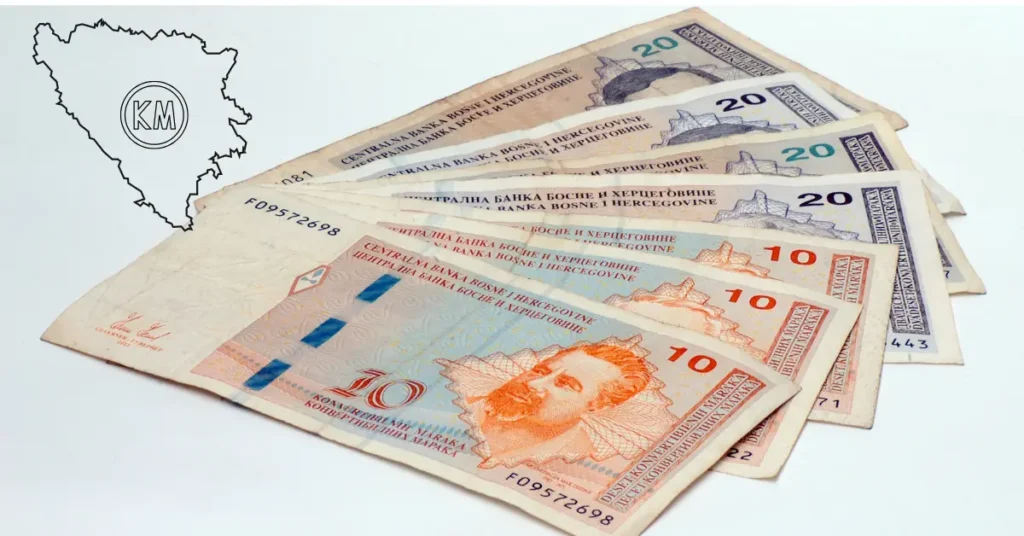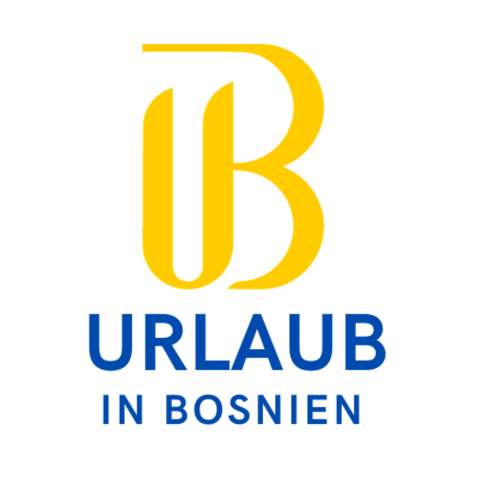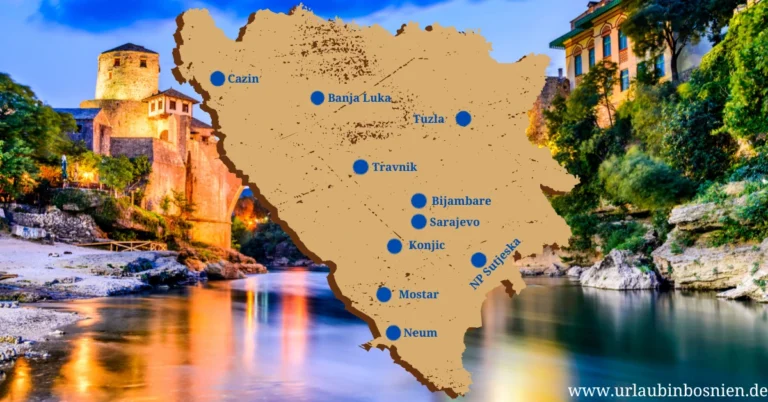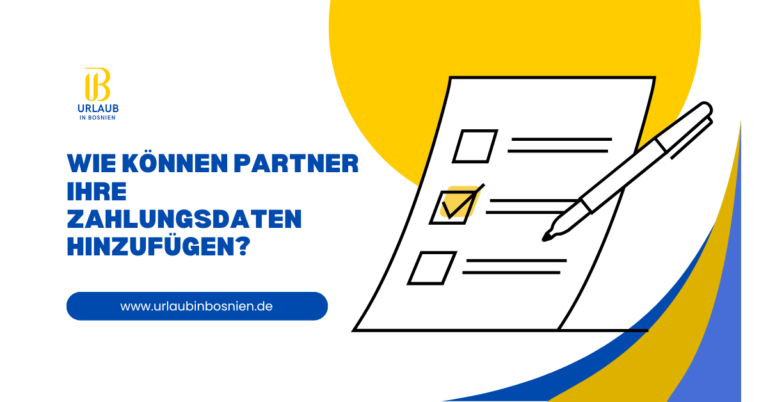Bosnia's Currency: Everything About the Convertible Mark
The convertible mark (KM) has been the national currency in Bosnia and Herzegovina since 1998. The international abbreviation for the convertible mark is BAM. The convertible mark was introduced throughout Bosnia and Herzegovina, and one hundredth of the convertible mark is the convertible fening. In 1998, the convertible mark replaced the previous Bosnian-Herzegovinian dinar, the Croatian kuna, and the Republika Srpska dinar. Like all other currencies worldwide, the convertible mark has its own characteristics, security features and specific symbols. The designs of its banknotes depict prominent literary figures of Bosnia and Herzegovina and various symbols of its people.

The Federal Republic of Germany has always been one of the more developed countries in the world, and its currency at the time – the Deutsche Mark – was a byword for a globally strong currency. Deutsche Mark used throughout Bosnia and Herzegovina, the established name guaranteed that the newly introduced currency, which contained the word ‘Mark’, would also be accepted by all residents of Bosnia and Herzegovina.
To further strengthen the confidence of citizens, the Central Bank and the State of Bosnia and Herzegovina ensured the exchangeability (convertibility) of the currency. The Bosnian authorities added the word "convertible", which eventually led to the full name of today's currency.
The hundredth of the German mark - the Pfennig - also served as a model for the hundredth of the convertible mark - the Fening. To be more precise, when the hundredth of the convertible mark was established, the intention was to name it exactly like the German Pfennig. However, a typographical error was made during production and instead of "Pfennig" it was written "Fening". Since the error was not corrected immediately and quickly spread among the population, the incorrectly spelled name accidentally became the official name. However, unlike the Convertible Mark, the Fening as a currency in Bosnia and Herzegovina does not have the addition "convertible".
Design of the Convertible Mark

The design of the convertible mark banknotes was presented on January 21, 1998. Although the representatives of Bosnia and Herzegovina participated in defining the design, for a long time there was no unanimous decision on the final design of the new currency. The appearance and features of the banknotes were determined by the then High Representative Carlos Westendorp and the Governor Peter Nicholl. Their agreement was that all convertible mark banknotes should feature the portraits of well-known Bosnian-Herzegovinian writers from all three nationalities.
When the 200 KM banknote was introduced, it was jointly decided that it would be blue and the design would feature the portrait of Nobel Prize winner Ivo Andrić, while the reverse would depict the motif of the bridge over the Drina River.
Today, the convertible mark banknotes represent the denominations of 10, 20, 50, 100 and 200 KM. The first four banknotes were produced in two variants - for the two entities of the country, while the unified 200 KM banknote was issued for the whole of Bosnia and Herzegovina. However, the issuance of different banknotes for different entities did not limit payment transactions, as both variants were used nationwide. In addition, the Central Bank of Bosnia and Herzegovina took care of the mixing of banknotes. In addition to these banknotes, there were also 50-feninga, 1 KM and 5 KM banknotes, which have been withdrawn from circulation and are no longer recognized as legal tender.
As for the coins of the convertible mark, coins of 5, 10, 20 and 50 Feninga as well as coins of 1, 2 and 5 KM are officially in circulation.
On the obverse of the 5, 10, 20 and 50 Feninga coins, a map of Bosnia and Herzegovina is engraved and the exact face value is indicated on it. The reverse shows the flag of Bosnia and Herzegovina. On the obverse of the 1, 2 and 5 KM coins, the face values of the coins dominate, while the reverse shows the coat of arms of the state - on the 1 KM coin - and doves of peace on the 2 and 5 KM coins.
Exchange rate of the Convertible Mark (BAM) to the Euro
The exchange rate between the Euro and the Bosnian-Herzegovinian convertible mark is as follows:
1KM = 0.5113 €
1 € = 1.9558 KM
Exchanging Euros into Convertible Marks in Bosnia and Herzegovina
There are many ways to exchange Euros into Convertible Marks (BAM) in Bosnia and Herzegovina. The more expensive option would certainly be an exchange office, which we would recommend if you are in urgent need of Convertible Marks. Exchange offices are widespread in all cities in Bosnia and Herzegovina and are often located at major transport hubs such as airports, train stations and bus stations. Should you miss or forget these places, you can also find exchange offices in the center of almost all cities.
The cheaper option is to exchange money in banks, where the fee for exchanging 100 euros is about 2.5 euros.
Withdrawing money from ATMs in Bosnia and Herzegovina

Withdrawing money is also possible using your cards at ATMs. There are also some German banks in Bosnia and Herzegovina such as ProCredit Bank or Sparkasse Bank. The fee for withdrawing money from ATMs is not high and ranges between €2.5 and €5.
Before you visit Bosnia and Herzegovina, you can definitely read our Read tips for your holiday in Bosnia.






